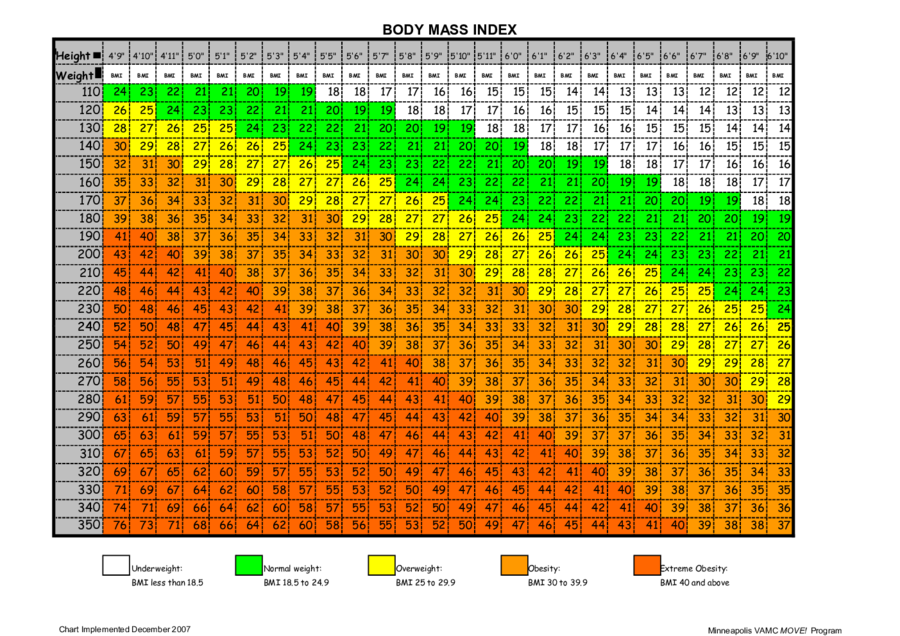
For example, African Americans and Polynesians have a higher normal BMI and Chinese, Indonesians, Thais and Ethiopians have a lower normal BMI than us, the Western population. Furthermore, it has been found that among the various population groups, the BMI also changes.Even in very small or very large persons, the BMI has only limited significance. The obvious limitation of the BMI formula is that it doesnt distinguish between fat weight and (healthier) muscle weight.A BMI of 25.0 or more is overweight, while the healthy range is 18.5 to 24.9. The formula is BMI kg/m 2 where kg is a person’s weight in kilograms and m 2 is their height in metres squared. Likewise, people with a broad body structure without visible obesity can have an increased BMI. Body Mass Index is a simple calculation using a person’s height and weight.in the case of oedema) thus causes an incorrectly high BMI. Furthermore, the BMI does not distinguish between fat mass and water.Therefore, an additional measurement of the abdominal girth would be useful. Body Mass Index(BMI) What is Body Mass Index Body Mass Index (BMI) is a number measure which compares a persons weight and height. BMI can indicate risk for developing certain medical conditions including diabetes, high blood pressure, and other metabolic conditions. The BMI also does not provide information about the distribution of body fat, which influences the risk of cardiovascular disease. BMI calculator Body mass index (BMI) is a guide to help people estimate their total body fat as a proportion of their total body weight.Since their trained muscle mass is heavier than fat tissue, they may have an increased BMI and be incorrectly classified as overweight.

The Body Mass Index, for example, does not apply to people who do intensive weight training.For some groups of people this simple calculation has limited validity. But many experts agree that women with ratios of 0.8 or lower and men with ratios of 1 or lower are in good shape.Įnter your weight and height in Metric (or English) systems then click on the "Calculate" button. The lowest healthy ratio is not yet known. Waist-Hip Ratio: Divide your waist size at its smallest by your hip size at its largest and you get a key to how much fat is stored in the abdomen, where it raises the risk of heart disease. Therefore, one must reflects on other fat distribution different from that indicated by weight and height.

Notice that, for example, a large waist and wide hips signal accumulation of so-called "intra-abdominal fat" - the particularly harmful deep "hidden" fat that surrounds the abdominal organs and is linked to diabetes, high blood pressure and heart disease.

Outside this range, health risks may occur. Find your BMI in the chart below to see your weight classification. Medical evidence suggests that all body weights within the highlighted healthy range are reasonably equally healthy (for people of your height). A healthy BMI for people assigned female at birth falls between 18.5 and 24.9. For those conscious of their health, calculating BMI can lead to a. They are not exact ranges of healthy and unhealthy weights. Body mass index can determine if you are overweight or obese, underweight or normal. The BMI ranges for adults are shown in the table. To get your approximate BMI using English system, multiply your weight in pounds by 703, then divide the result by your height in inches, and divide that result by your height in inches a second time, i.e. A BMI Metric Calculator uses a weight-to-height ratio (BMI = kg/m 2) and assigns a number to the result. The BMI is defined as the body mass divided by the square of the. One of oldest and still most popular applications of regression analysis is modeling Human Ideal Weight by means of Body Mass Index (BMI).īody Mass Index or BMI is the standardized method for determining whether your body weight and the amount of body fat you have are in a healthy range. Body mass index (BMI) is a value derived from the mass (weight) and height of a person. For pregnant women your BMI calculation will be based on your weight before pregnancy.


 0 kommentar(er)
0 kommentar(er)
